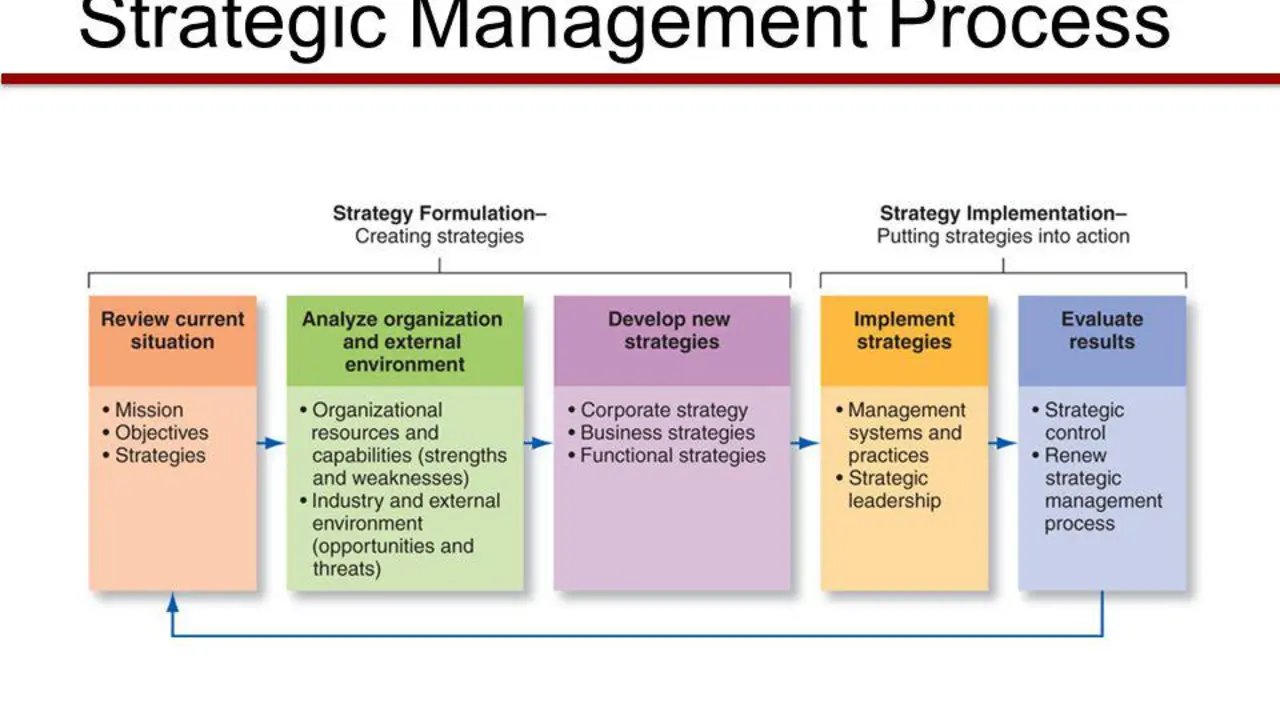Relapsing‑Remitting Disease: What It Is and How to Live With It
If you’ve heard the term “relapsing‑remitting disease” and feel a bit lost, you’re not alone. It simply describes a condition that comes and goes – periods of worsening symptoms (relapses) followed by times when things settle down (remissions). Multiple sclerosis (MS) is the most common example, but the pattern shows up in other autoimmune and chronic illnesses too.
During a relapse, you might notice new pain, fatigue, or neurological changes that feel like a setback. These episodes can last from a few days to several weeks. After the flare‑up, your body often goes back to a baseline level of function – that’s the remission phase. The length of each phase varies a lot from person to person, and even from one relapse to another.
Why Do Relapses Happen?
Think of your immune system as a faulty alarm that sometimes goes off for the wrong reason. Triggers like infections, stress, lack of sleep, or even changes in temperature can set it off. When the immune system attacks healthy tissue, inflammation spikes and symptoms flare. Keeping track of what seemed to start a relapse can help you avoid those triggers in the future.
Another piece of the puzzle is medication. Disease‑modifying therapies (DMTs) aim to calm the immune system, reducing how often relapses occur. Missing doses, stopping a drug abruptly, or using an ineffective medication can let the disease run wild again.
Practical Tips to Reduce Relapse Risk
1. Stay on schedule with your meds. Set reminders on your phone or use a pill organizer. If side effects bother you, talk to your doctor before making changes.
2. Prioritize sleep. Even a small drop in sleep quality can spike inflammation. Aim for 7‑9 hours of steady, uninterrupted rest.
3. Manage stress. Simple habits like short walks, breathing exercises, or chatting with a friend can lower cortisol levels, which in turn can calm the immune response.
4. Watch for infections. A cold or flu can be the spark for a relapse. Get flu shots, practice good hand hygiene, and see a doctor early if you feel sick.
5. Keep active. Light to moderate exercise improves circulation and may reduce inflammation. Tailor activity to how you feel on any given day – a gentle yoga session on a bad day, a brisk walk on a good one.
6. Track your symptoms. Use a notebook or an app to log daily mood, fatigue, and any new signs. Patterns often emerge that can clue you in on upcoming relapses.
While relapsing‑remitting diseases can feel unpredictable, many people learn to spot early warning signs and intervene before a full‑blown flare. Remember, you don’t have to go it alone – neurologists, therapists, and support groups all have a role in helping you stay steady.
Bottom line: knowing the cycle, staying consistent with treatment, and adopting a few lifestyle habits can make the remission periods longer and the relapses milder. Keep experimenting with what works for you, and keep the conversation open with your healthcare team. Your day‑to‑day quality of life is worth the effort.

